Wine makers urged to take marketing lessons
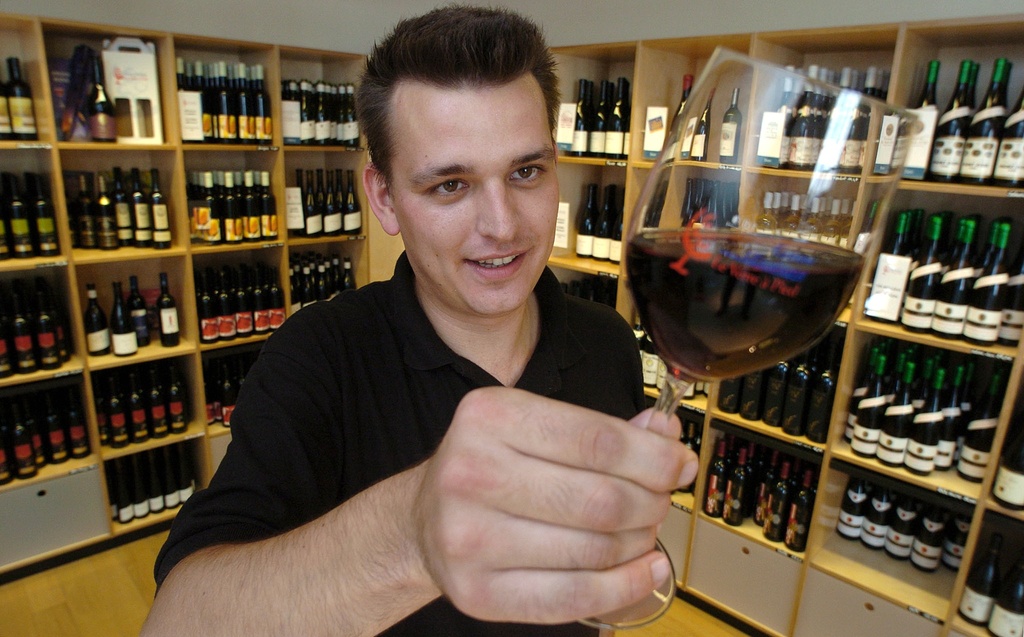
Times are tough for Swiss wine producers grappling with cheap imports, the strong franc, new drinking trends and low demand abroad for their little-known products.
The quality of Swiss wines may have improved over recent years, and the very best vineyards do excel. But most winemakers must learn a second profession – marketing – to survive, say specialists.
Last week producers, oenologists and other wine professionals gathered at the Agrovina technical fair in Martigny, canton Valais, to discuss the latest shiny new equipment, planting techniques and grape varieties, but also the health of the industry.
In 2011 wine growers harvested a bumper grape crop that produced more than 110 million litres of wine – 4.3 per cent above the average amount over the past five years.
“The 2011 vintage is really excellent. It was very early like in 2003 but has a better balance and acidity,” Claude Bocquet-Thonney, president of the Swiss Association of Independent Winegrower-Producers (ASVEI), told swissinfo.ch.
The wines fermenting in Swiss cellars may have top potential, but ASVEI members have other concerns on their minds.
Last December they wrote to Economics Minister Johann Schneider-Ammann asking for a World Trade Organization (WTO) safeguard clause to be invoked given current difficulties.
“Major imports of cheap wines these past few months (€1 per litre on average) have damaged even further a market that is struggling,” the association declared.
High Swiss salaries mean producers just cannot compete with such imports, said ASVEI. Many wine producers harvested the excellent 2011 crop while still sitting on wine stocks from previous years and will lack liquidity to start the 2012 season, it added.
ASVEI’s request was rejected by Bern as the amount of foreign wine imported in 2011 – 162.5 million litres – was below a 170-million fixed tariff quota.
Undeterred, the association plans to continue its fight as the quota was fixed 20-30 years ago when wine consumption was a lot higher.
Reinvention and image
Wine-drinking has become steadily less popular in Switzerland, as cafes and bars try to re-invent themselves in the face of smoking bans and new drinking trends among young people.
The Swiss quaffed 280 million litres of wine in 2010, of which 62 per cent was imported. In the opposite direction only one per cent of Swiss wine was exported.
“Swiss wine is only drunk in Switzerland,” said wine expert Pierre Thomas. “We can’t export our cheap surpluses and we can’t export certain excellent wines which demand high prices as they are just not known.”
The real problem is that Switzerland has no image as a wine-producing country, he bemoaned.
“If you ask a Swede, Dane, Brit or Chinese person if Switzerland produces wine they’ll laugh in your face saying, ‘no, it’s got mountains, snow, banks, chocolate and watches’,” he said.
Fragmented offer
Jacques Perrin, director of the wine importer and distributor Cave SA, said consumers definitely “drink better Swiss wines, but less”.
“Swiss wine gets little recognition abroad as the best wines are not exported. The offer is too fragmented. It’s not easy to export small quantities as there are lots of trade obstacles; we are not part of the EU,” he said.
“Producers need to come together and create common platforms. We need to propose some of the very best wines at events abroad, selling them together with tourism, but it needs lots of resources.”
Luzius Wasescha, Swiss ambassador to the WTO, who gave a presentation at Agrovina, agreed that Swiss wine producers’ individualist approach to wine-making did not help: “The people from Epesses (in Lavaux region) know their wine is the best as they don’t know any others – that’s the problem.”
National focus
The promotion of Swiss wines at home and abroad is a recurring theme. Three-quarters of all Swiss wine is produced in French-speaking Switzerland but two-thirds of all consumers are Swiss-German speakers.
“The Romands need to conquer and export to the Swiss-German markets. The French-Swiss wine producer can’t just sit in his cellar and wait for the Swiss-German buyer to arrive. He has to make a big effort to go and convince people in that part of the country,” said Thomas.
Some observers also claim the two big supermarket chains – Migros (via Denner) and Coop – have too much control over sales and imports.
“But winemakers complain all the time,” quipped Thomas.
Promotion and marketing
Last December parliament issued a formal call to promote produce from the home country, urging the government to make embassies and other diplomatic missions abroad always serve Swiss wines at official events.
In October the Society of Swiss Wine Exporters called on Schneider-Ammann to double federal support for wine promotion to SFr4 million until 2014. But this was rejected due to a lack of “flexiblity” in the current agriculture budget envelope.
For Simone de Montmollin, president of the Swiss Oenologists Union, which organised a seminar on marketing at Agrovina, the sector needs clearer overall strategies.
“Over the past 20 years the sector has restructured, adapted its offer and become authentic and modern but we need to do much more and look at the market in a more proactive way,” she said.
“We’ve been focusing on creativity and trying to define the identity and image of products but the whole thing lacks coherence.”
Wine producers need to learn a new profession – marketing – she added.
“Their responsibility does not stop once they’ve finished the product. They must think more about positioning and identity; these things are known but not well integrated,” said De Montmollin.
Around 275.7 million litres of wine was drunk in 2010 in Switzerland – 0.9% less than the year before.
Swiss wines made up around a third and consumption was down (-4.5%), whereas foreign wine consumption was up (+1.3%), especially among the reds. Popular foreign wines came from Italy, France and Spain.
Swiss wine cultivation extends over 14,800 hectares. The vines Pinot Noir, Chasselas and Gamay are the most popular, but Merlot, Gamaret and Garanoir are catching up. Red wines make up 53% of domestic production.
Winemakers produced more than 110 million litres from the 2011 harvest, which was 4.3 per cent above the average amount of the past five years.

In compliance with the JTI standards
More: SWI swissinfo.ch certified by the Journalism Trust Initiative

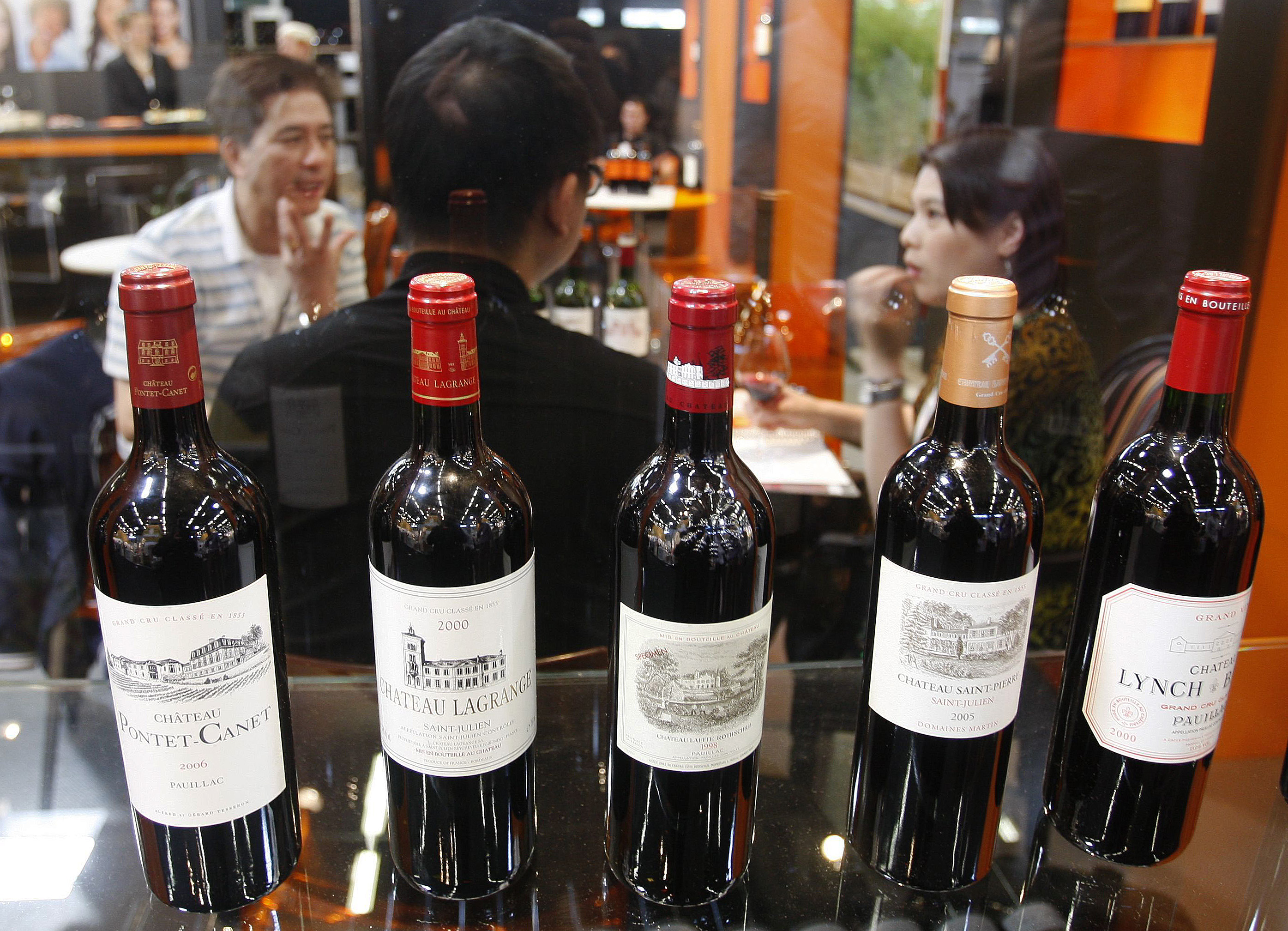
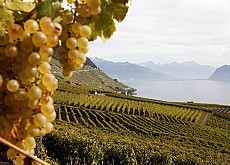
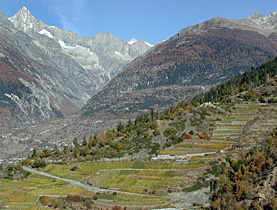
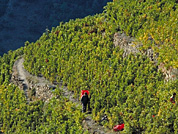
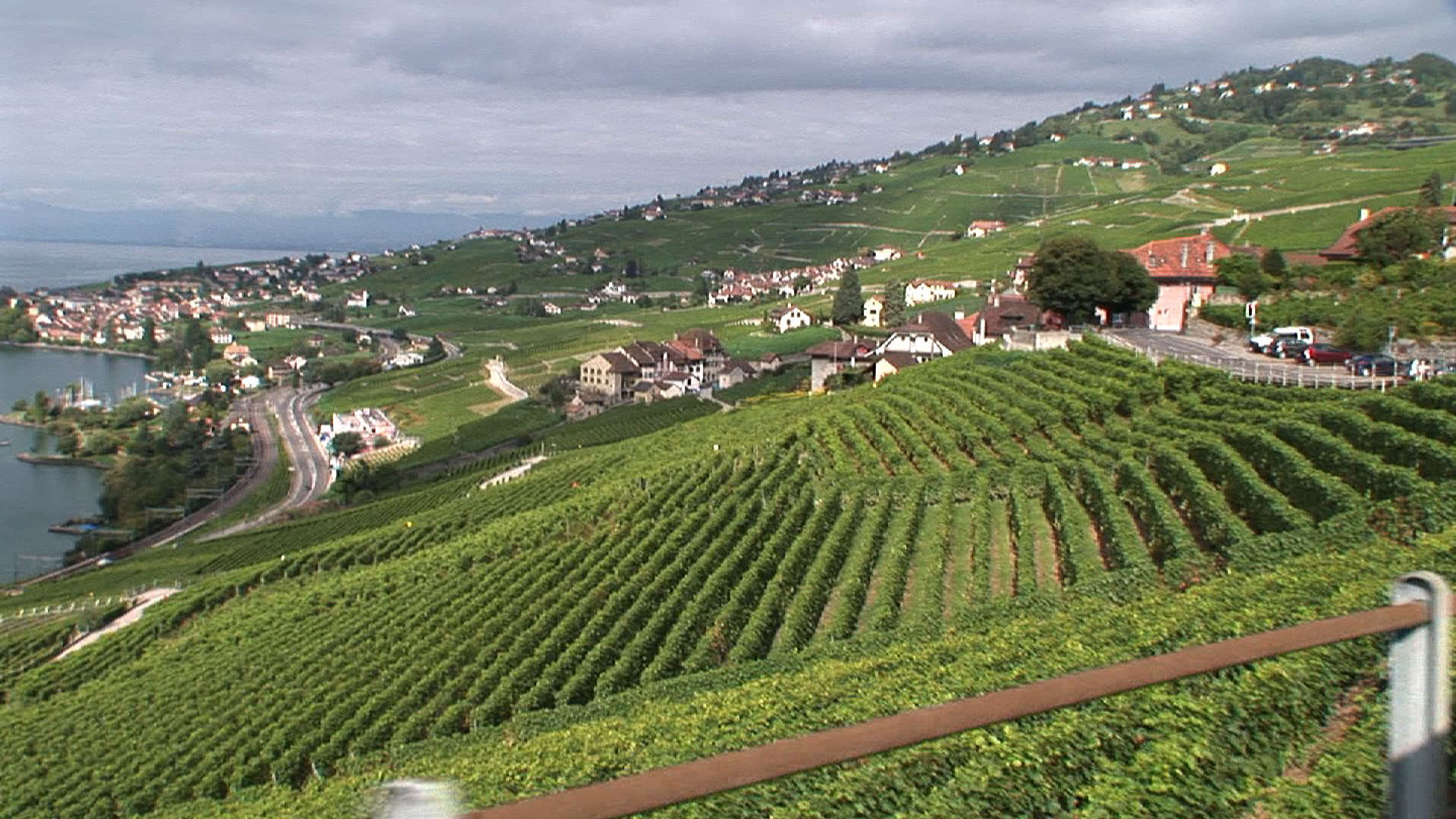
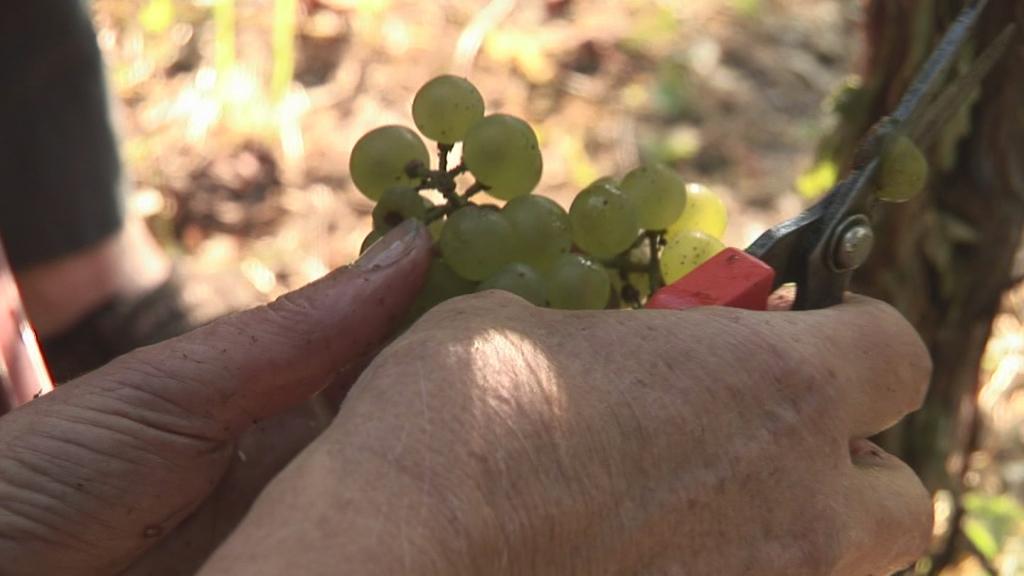
You can find an overview of ongoing debates with our journalists here. Please join us!
If you want to start a conversation about a topic raised in this article or want to report factual errors, email us at english@swissinfo.ch.